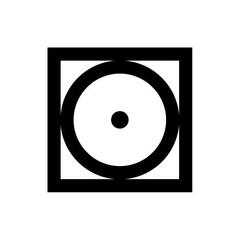WEDZE
Ref.
8370509
2121293
GIRLS' 300 PINK BLK SKI JACKET
€25.00
Tax included
Store Availability
Store availability
Our team, parents of young skiers, has developed this ski jacket to support your child's progress in the very best conditions.




